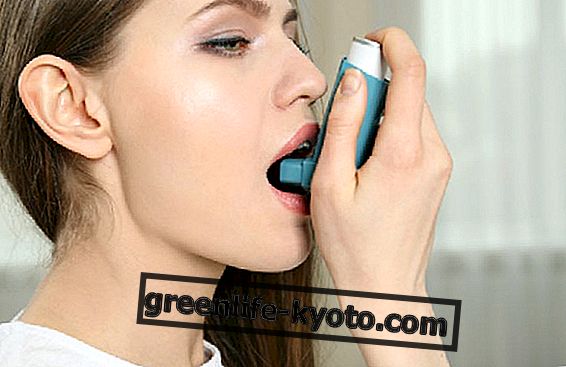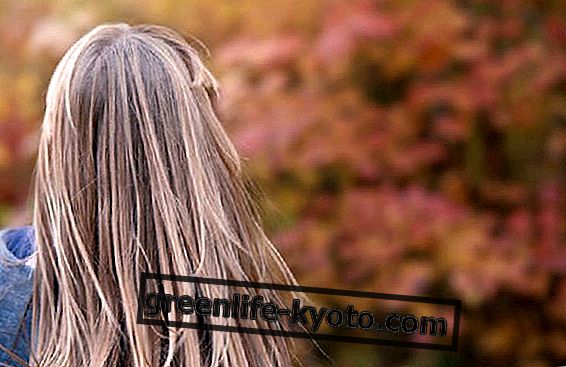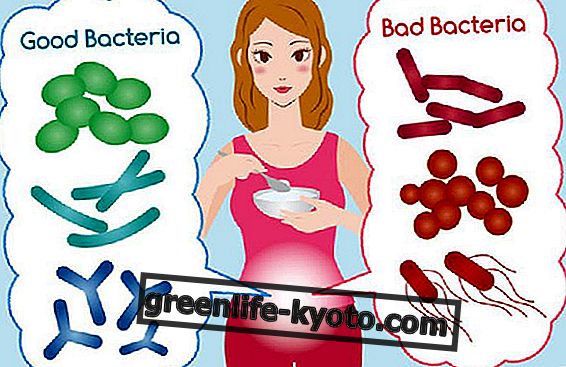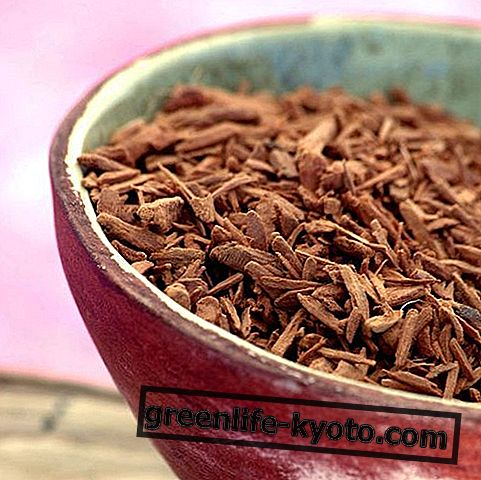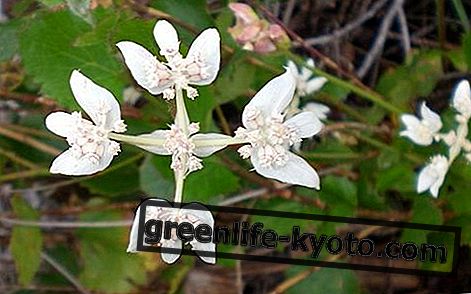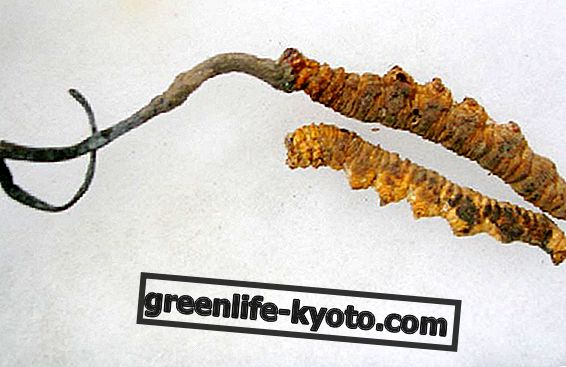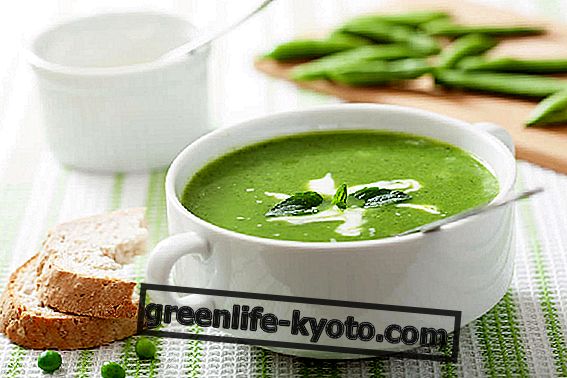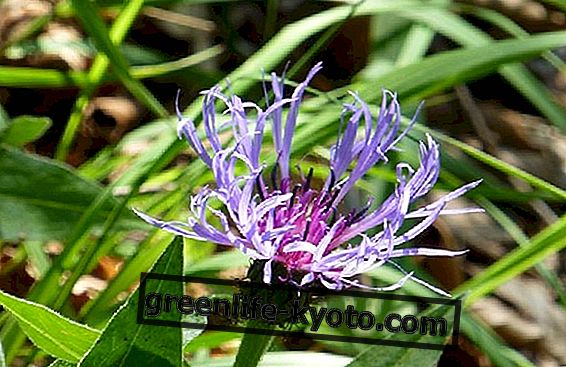
Lichen Planus: symptoms and causes
Lichen ruber planus is a disease that can affect the dermis and mucous membranes, consisting of small dry, red and raised sores, generally circular in shape and slightly scaly. The extension is reduced to a few centimeters in diameter, and can occur in clusters of spots . May be accompanied by itching .
It can appear on the skin of the limbs, especially in the folds of the wrists, elbows and knees, on the scalp, it can affect nails, but also external and internal genitals, and mucous membranes of the mouth.
Its course is durable and recurrent : this means that healing requires long periods of treatment and that, in a subject already affected, it can recur.
Also read Eczema, cause and remedy symptoms >>
Some studies have identified the causes of the onset of Lichen planus in an altered immune response, possibly due to the following causes:
> Hepatitis C, and hepatitis B vaccine;
> dysfunction of the gallbladder and liver function ;
> impaired response to some drugs, in particular non-steroidal anti-inflammatory drugs, drugs for arthritis, arthrosis and heart disease;
> environmental stress and alcohol or smoking abuse, as well as any excess food that overloads the liver and gallbladder ;
> reactions to specific allergens : creams, lotions, detergents, cosmetics, perfumes and various types of detergents such as soaps and shampoos; many products for personal hygiene, even some marketed as bio and natural, contain substances that can sensitize the skin.
It is therefore useful to check the INCI of what we are splamiano on.
Lichen planus: how to treat it
Lichen planus is treated with cortisone-based drugs to treat inflammation, antisaminics to contain the immune system's response, and some particular drugs used to prevent rejection in organ transplantation.
There are natural remedies that can be used to alleviate symptoms, but treatment with natural remedies requires more time and a broader awareness of the possible causes that triggered the disease.
Those who wish to be cured in a natural way must be willing to heal the " ground " that has been created as a result of protracted behavior, and that has become fertile to the disease.
The best natural remedies are those that treat skin imbalances, both internally and externally:
> oats : baths based on avena sativa, as well as compresses, soothe skin inflammations, thanks to the presence of saponoids and flavonoids;
> clay : the ventilated green clay cleanses the skin and regenerates, heals and re-mineralises the skin;
> tea tree oil: used in baths or together with clay or oats in compresses, tea tree oil is antiseptic and immunistomulating. Appropriately diluted in water, it can also be used for baths outside the genitals;
> aloe gel : direct treatment of the papules with aloe gel regenerates the skin. Aloe gel can also be used as an internal immunostimulant;
> sulphurous thermal waters and waters with high sulfur content: exfoliating and antibacterial, sulfur improves the supply of the main nutrients to the skin;
> foods rich in vitamin A and vitamin D : vitamin A regenerates the skin and vitamin D rebalances skin cell hydration;
> foods rich in omega 3 and omega 6 in the right ratio : linoleic acid and arachidonic acid keep the skin's hydrolipid film intact, as well as being strong anti-inflammatories;
> exposure to direct sunlight at times of less intensity: direct sunlight allows the skin to dry and regenerate, stimulates the immune system, allows the production of vitamins and hormones important for our body, helps in cases of fatigue and fatigue and exposure to open air and possibly unpolluted fights stress and related ailments.
